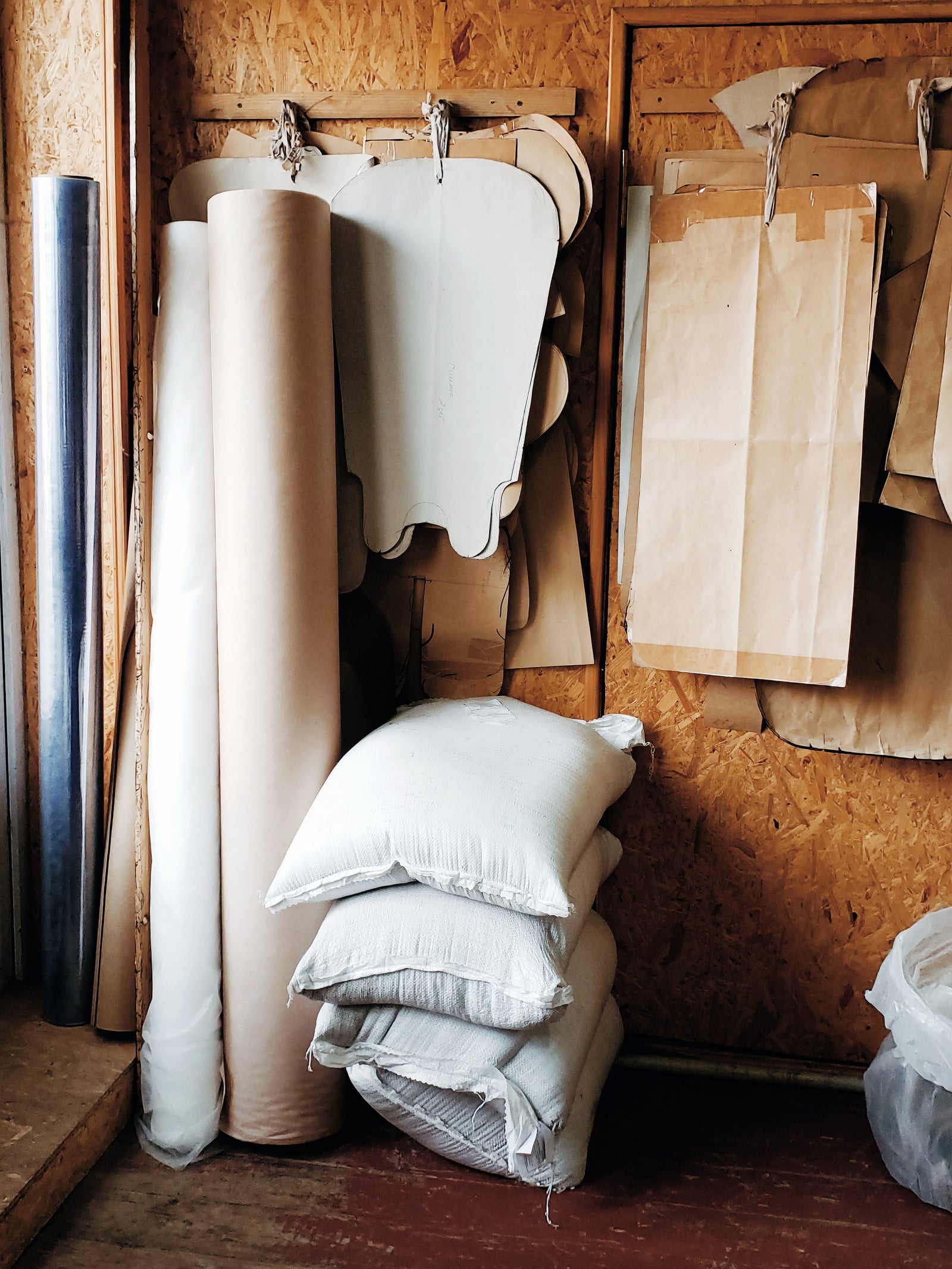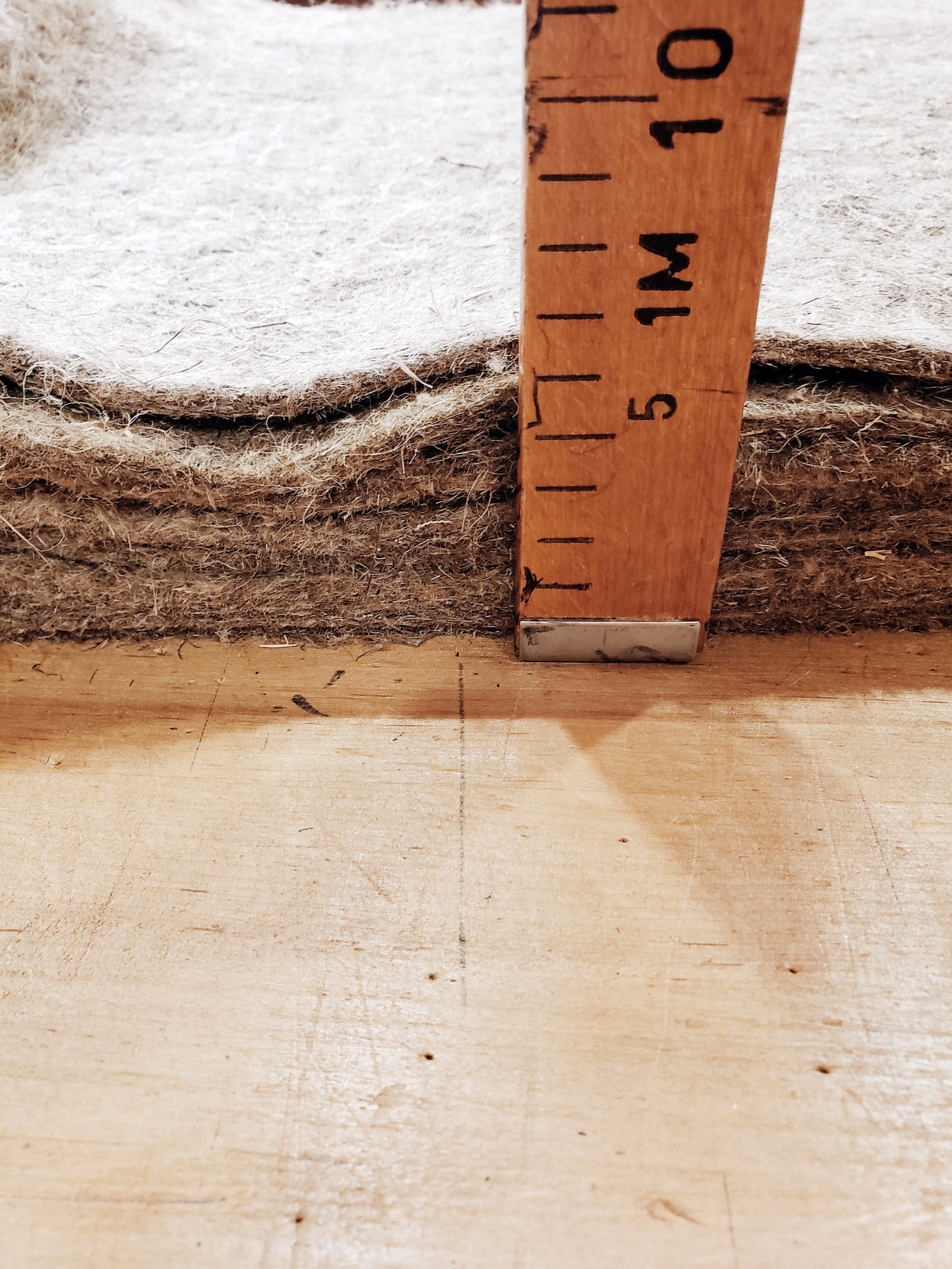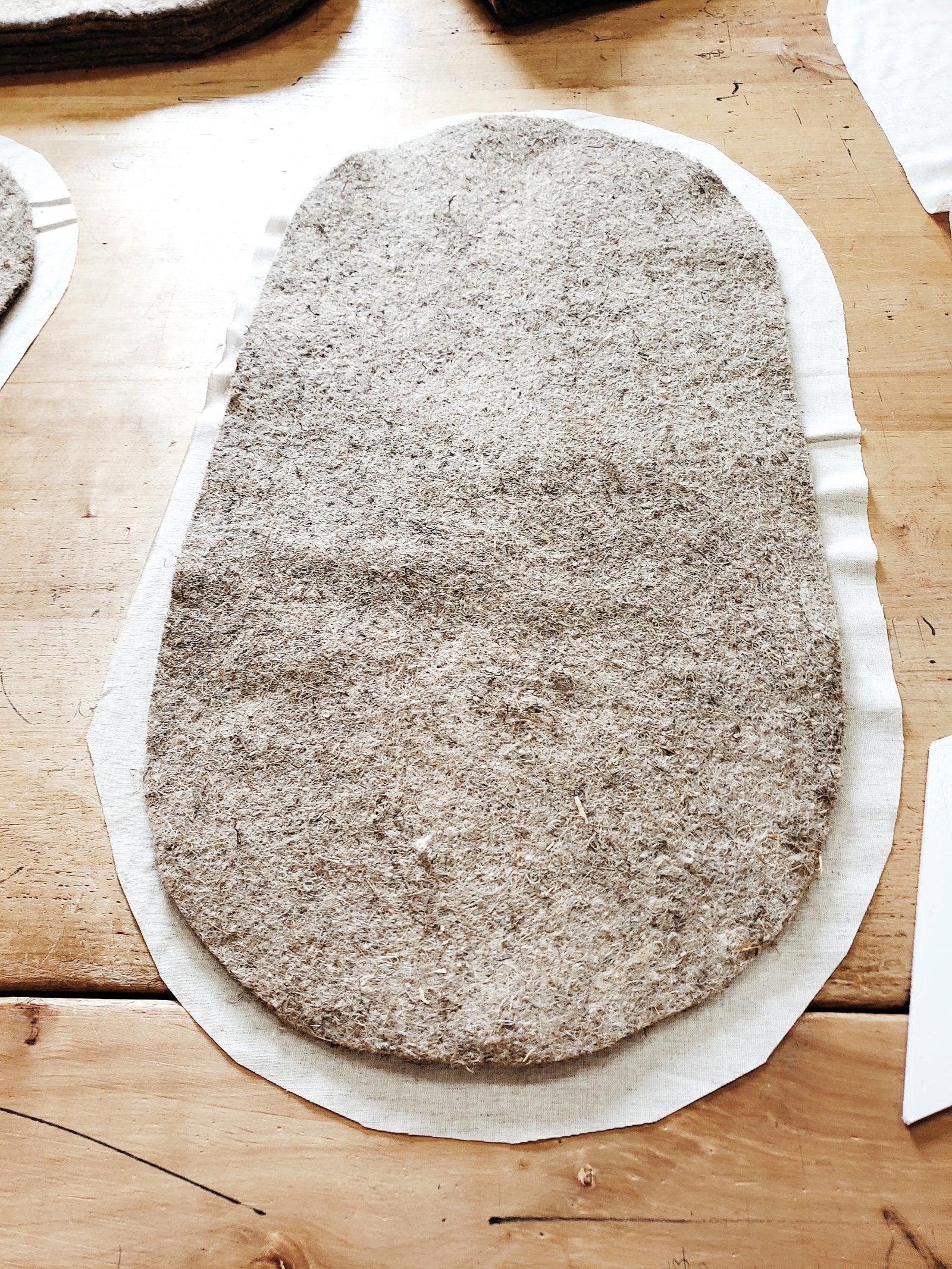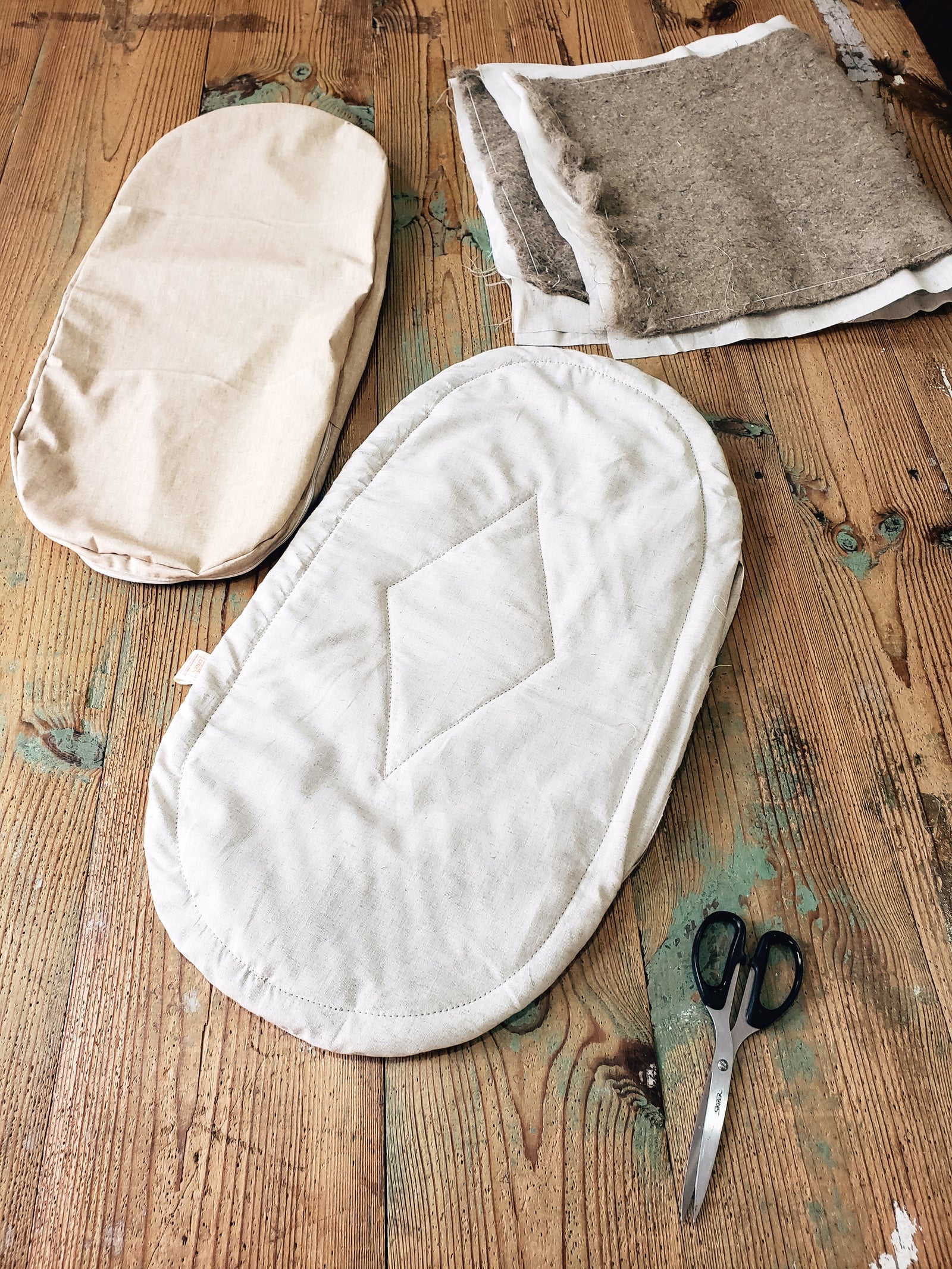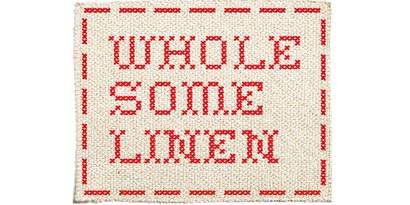Your Cart is Empty
History of Flax
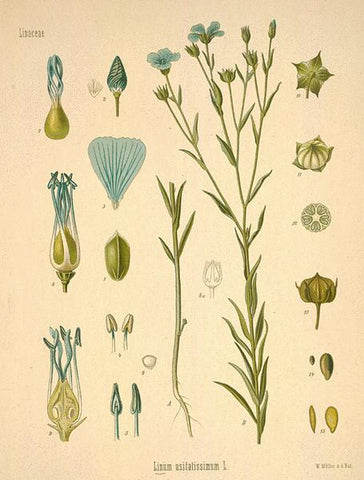
What is Flax?
Linen also known as 'Flax' with the binomial name Linum usitatissimum. The earliest evidence of humans using wild flax as a textile comes from the present day Republic of Georgia, where spun, dyed, and knotted wild flax fibers were found in Dzudzuana Cave and dated to the Upper Paleolithic, 30,000 years ago. Flax was first domesticated in the Fertile Crescent region. In ancient Mesopotamia, flax was domesticated and linen was first produced. It was used mainly by the wealthier class of the society, including priests. The Sumerian poem of the courtship of Inanna and Dumuzi (Tammuz), translated by Samuel Noah Kramer and Diane Wolkstein and published in 1983, mentions flax and linen. It opens with briefly listing the steps of preparing linen from flax, in a form of questions and answers between Inanna and her brother Utu. In ancient Egypt, linen was used for mummification and for burial shrouds. It was also worn as clothing on a daily basis; white linen was worn because of the extreme heat.
The Shroud, which was wrapped the body of Jesus Christ, was made from flax.
Linen fabric has been used for table coverings, bed coverings and clothing for centuries. The significant cost of linen derives not only from the difficulty of working with the thread, but also because the flax plant itself requires a great deal of attention.
The use of linen for priestly vestments was not confined to the Israelites; Plutarch wrote that the priests of Isis also wore linen because of its purity.
Eastern Slavs belonged to flax with respect and awe, and attributed healing properties to it.They believed that linen clothing keeps clean and protects the body of a man who wears it. Linen clothes have always been considered a festive and elegant. Flax has been known in Russia since 2000 B.C. First standard approved by Peter the Great, was the standard for flax. Ancient manuscripts of the 9th-10th century B.C. contain evidence of linen made by Slavs. Oriental writers of the time described Slavs attired in linen clothes. Prior to the formation of Kievan Rus, all Slavic tribes that inhabited the eastern European plain raised flax. Flax was used to make sailcloth, fishing nets, ropes and linseed oil. In the 10th-11th centuries A.D. flax was extensively grown for fiber and seed. It was regarded to be an important crop both for crafts and commerce. Peasants used it to pay feudal dues and make payments to the czar's treasury. Russian princes collected tribute in linen. Because of the amazing versatility of the plant – perhaps only to be compared with the role that bamboo plays in the Asian culture – people have always held it in high esteem.
In December 2006, the General Assembly of the United Nations proclaimed 2009 to be the International Year of Natural Fibres in order to raise people's awareness of linen and other natural fabrics.
100% Natural Handcrafted For Your Baby
